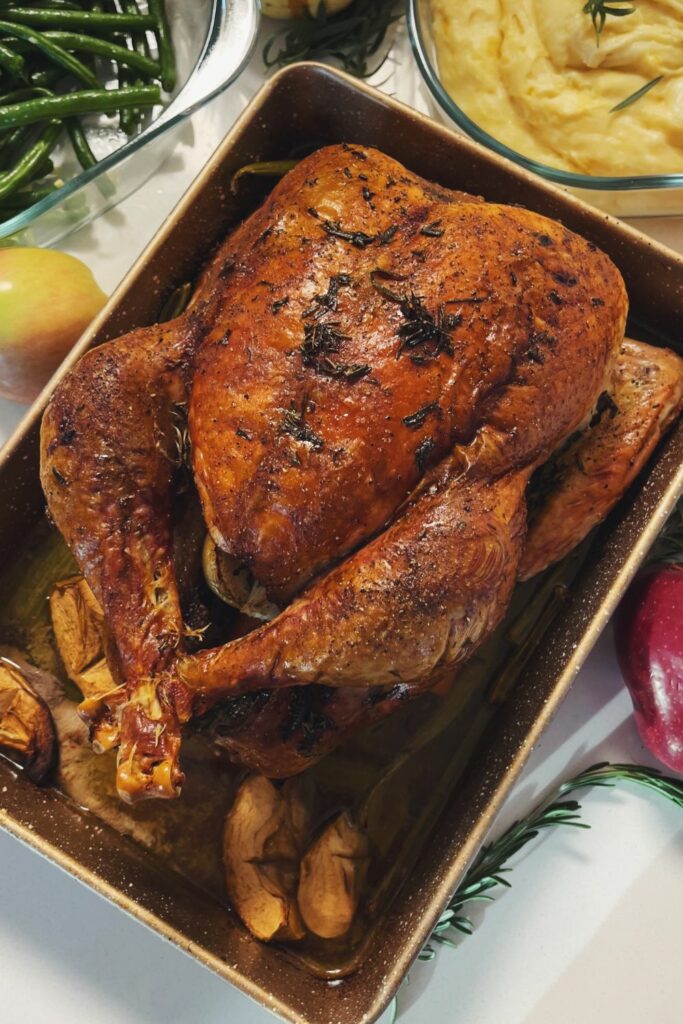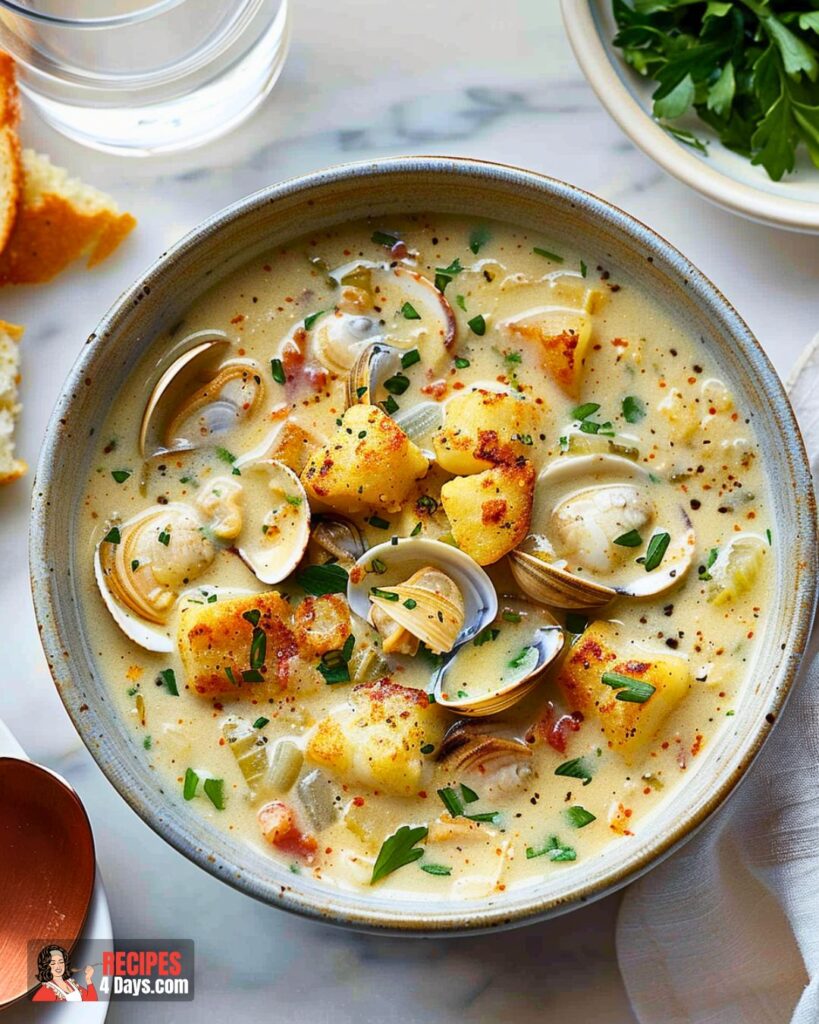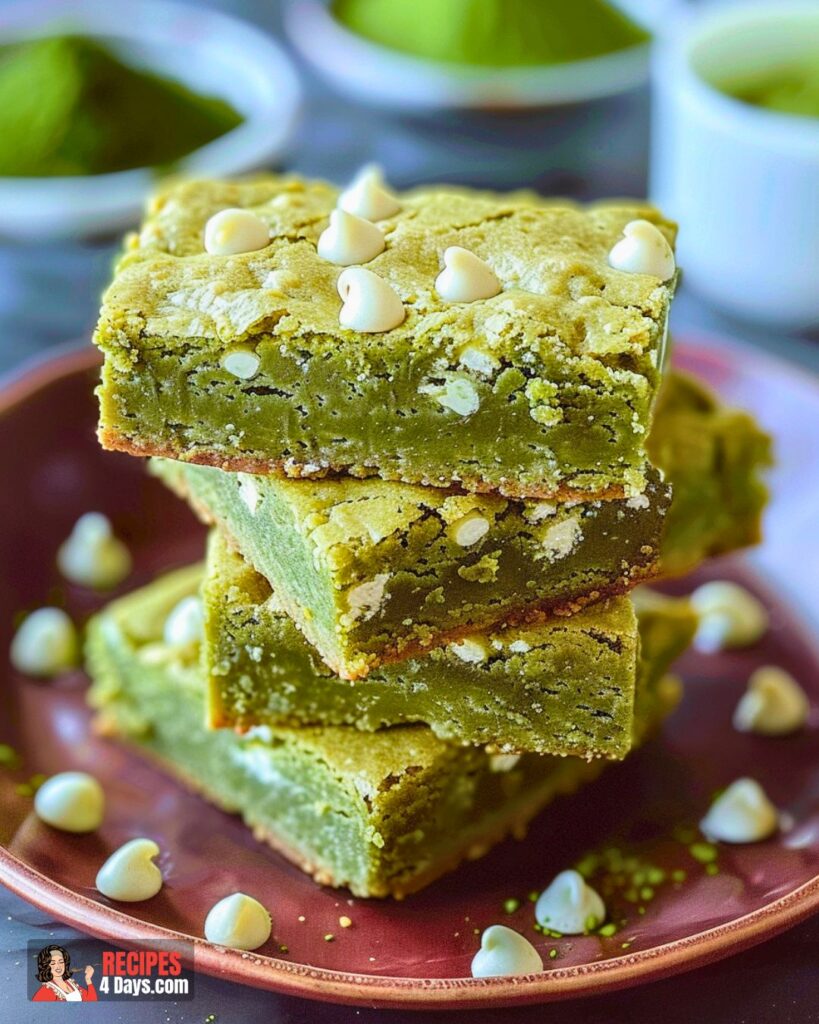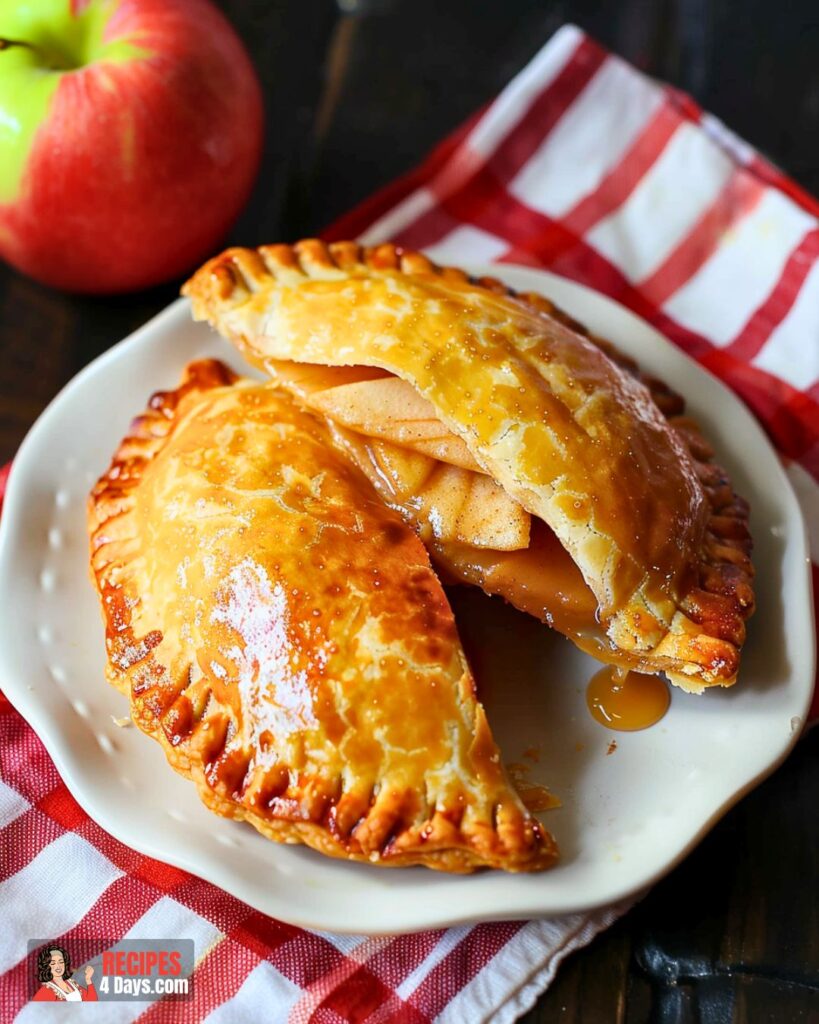As the leaves begin to turn and the air grows crisp, my thoughts invariably turn to the warmth of the kitchen and the joys of preparing a Thanksgiving feast, particularly mastering the ‘Brine a Turkey Recipe.’ This tradition transcends mere cooking; it’s a labor of love, a time to gather, and a moment to create memories that last a lifetime. Consequently, growing up, I was always enchanted by how my mother, with her skillful hands and knowing smile, expertly brined the turkey, transforming it into the centerpiece of our family’s Thanksgiving table.
I remember, as a young girl, watching her move around our cozy kitchen in the countryside. Her movements were almost like a dance, a rhythmic sway to the melody of clattering pots and simmering sauces. Additionally, the aroma of herbs and spices would fill the house, a signal that the holiday season had officially begun. It wasn’t just the turkey that brought us together; it was the love and care put into preparing it.
As years passed, I carried this tradition with me, even as I ventured far from home. Whether it was celebrating Thanksgiving in a tiny apartment in the city with friends or bringing a touch of home to a holiday spent abroad, the essence of the feast remained the same – brining and preparing a turkey with as much care as my mother did.
Moreover, brining, I learned, is an art in itself. It’s a process that demands patience and attention to detail, a balance of flavors, and an understanding of how salt and seasonings transform the humble turkey into a succulent, flavorful masterpiece. It’s not just about following a recipe; it’s about infusing every bite with a story, a history, a piece of oneself.
In this guide, I aim to share with you the knowledge and passion for turkey brining that has been passed down in my family. From selecting the right ingredients to understanding the nuances of the brining process, I’ll take you through each step, ensuring that your Thanksgiving turkey is not just a dish, but a celebration of flavors and family tradition.
How to Dry Brine a Turkey?
Prepare the Dry Brine Mixture: Mix 1 tablespoon of kosher salt per 5 pounds of turkey, 1 teaspoon sugar, black pepper, and a selection of dried herbs (like rosemary, thyme, sage) in a bowl.
Prep the Turkey: Remove the turkey from packaging, take out the giblets and neck, and pat the turkey dry.
Apply the Dry Brine: Place the turkey on a baking sheet. Loosen the skin and generously apply the dry brine mix both under the skin and on the outside of the turkey.
Refrigerate: Let the turkey sit uncovered in the refrigerator for 12 to 72 hours. This helps dry out the skin for a crispy finish after roasting.
Roast the Turkey: Pat the turkey dry, rub it with oil, and roast as per your favorite recipe. There’s no need to rinse the bird before roasting.
Note: This dry brining method enhances the turkey’s flavor and moisture without needing water or special equipment, making for a juicy, flavorful, and crispy-skinned bird.
How to Prepare a Perfectly Brined Turkey
Ingredients:
- 1 gallon vegetable broth (chicken broth can also be used)
- 1 cup sea salt
- 1 tablespoon each of dried rosemary, sage, thyme, and savory
- 1 gallon ice water
Directions:
- Make the Brine:
- In a large stockpot, combine the vegetable broth, sea salt, rosemary, sage, thyme, and savory.
- Bring the mixture to a boil, stirring frequently to ensure the salt dissolves completely.
- Once the salt has dissolved, remove the pot from the heat and let the brine cool to room temperature.
- Brine the Turkey:
- After the brine has cooled, pour it into a clean, food-grade container (like a 5-gallon bucket).
- Stir in the ice water.
- Rinse and dry your turkey, ensuring you’ve removed the innards.
- Place the turkey, breast down, into the brine, ensuring the cavity is filled.
- Refrigerate the turkey in the brine overnight, or for at least an hour per pound of turkey. For example, a 12-pound turkey should be brined for at least 12 hours. However, do not brine for longer than 48 hours to ensure the best flavor and to prevent foodborne illness.
- After Brining:
- Carefully remove the turkey from the brine and drain off the excess liquid.
- Pat the turkey dry with paper towels.
- Discard the brine and disinfect any surfaces or utensils it has contacted.
- Cook the Turkey:
- Cook the turkey using your preferred method. Remember that brined turkeys often cook faster, so monitor the temperature carefully.
Editor’s Notes:
- Always use a nonreactive container for brining, such as stainless steel, enameled, or food-grade plastic.
- The turkey should be refrigerated throughout the brining process to prevent foodborne illness.
Tips:
- Brining imparts moisture and flavor to the turkey, making it tender and juicy.
- This recipe is simple to prepare with commonly available ingredients and ensures a delicious outcome for your holiday feast.

Best Turkey Brine Recipe
Ingredients
- 1 gallon vegetable broth chicken broth can also be used
- 1 cup sea salt
- 1 tablespoon each of dried rosemary sage, thyme, and savory
- 1 gallon ice water
Instructions
Make the Brine:
- In a large stockpot, combine the vegetable broth, sea salt, rosemary, sage, thyme, and savory.
- Bring the mixture to a boil, stirring frequently to ensure the salt dissolves completely.
- Once the salt has dissolved, remove the pot from the heat and let the brine cool to room temperature.
Brine the Turkey:
- After the brine has cooled, pour it into a clean, food-grade container (like a 5-gallon bucket).
- Stir in the ice water.
- Rinse and dry your turkey, ensuring you've removed the innards.
- Place the turkey, breast down, into the brine, ensuring the cavity is filled.
- Refrigerate the turkey in the brine overnight, or for at least an hour per pound of turkey. For example, a 12-pound turkey should be brined for at least 12 hours. However, do not brine for longer than 48 hours to ensure the best flavor and to prevent foodborne illness.
After Brining:
- Carefully remove the turkey from the brine and drain off the excess liquid.
- Pat the turkey dry with paper towels.
- Discard the brine and disinfect any surfaces or utensils it has contacted.
Cook the Turkey:
- Cook the turkey using your preferred method. Remember that brined turkeys often cook faster, so monitor the temperature carefully.
Notes
The turkey should be refrigerated throughout the brining process to prevent foodborne illness.
Tips:
Brining imparts moisture and flavor to the turkey, making it tender and juicy.
This recipe is simple to prepare with commonly available ingredients and ensures a delicious outcome for your holiday feast.
Perfect Pairings for Your Christmas Turkey
A well-prepared Christmas turkey is the star of the holiday table, but it shines even brighter when accompanied by the perfect side dishes. Here are some delightful recipes that pair wonderfully with your brined turkey, making your Christmas feast truly unforgettable:
Classic Mashed Potatoes: Creamy and buttery, mashed potatoes are a must-have. They soak up the turkey’s flavors and are a crowd-pleaser.
Cranberry Sauce: A tangy and sweet cranberry sauce adds a burst of flavor and color to the plate, complementing the savory richness of the turkey.
Roasted Root Vegetables: A mix of carrots, parsnips, and sweet potatoes, roasted to perfection, bring a touch of sweetness and earthiness.
Brussels Sprouts with Bacon: The combination of Brussels sprouts and crispy bacon bits is a savory delight that adds texture and flavor.
Homemade Dinner Rolls: Soft, warm rolls are essential for sopping up gravy and completing the holiday meal experience.
Sweet Corn Pudding: This creamy, sweet side dish is a comforting addition that balances the savory notes of the turkey.
Pumpkin Soup: Start the meal with a warm, soothing pumpkin soup that sets the tone for the festive feast.
Dessert Suggestions:
End your meal on a sweet note with classic desserts like pumpkin pie, apple crumble, or a rich chocolate tart.
Frequently Asked Questions
Can you brine a turkey for 3 days?
Brining a turkey for an extended period can significantly enhance its flavor and tenderness. Nevertheless, the optimal duration for brining depends on a few factors, including the size of the turkey and the type of brine used. For larger turkeys, those over 15 pounds, brining for up to three days is generally fine, especially when using a dry brine method. Importantly, dry brining involves coating the turkey with a salt-based mixture and is known for being more space-efficient and less likely to lead to over-seasoning.
Conversely, for smaller turkeys, 15 pounds or under, a shorter brining period of 24 to 36 hours is typically recommended. If you opt for a longer brining time with smaller turkeys, consider adjusting the salt content in your brine to prevent the meat from becoming overly salty.
Moreover, it’s important to note that while extended brining can be beneficial, the USDA advises not to brine any turkey longer than two days when using a wet brine. This guideline, which involves submerging the turkey in a salt-water solution, helps ensure safety and prevents the meat from absorbing too much salt, which could compromise the texture and flavor.
Additionally, regardless of the brining method you choose, always keep the turkey and the brine refrigerated at 40°F or less to maintain food safety. By adhering to these guidelines, you can achieve a deliciously moist and flavorful turkey, whether you’re preparing it for Thanksgiving, Christmas, or any other special occasion.
How to Dry Brine a Turkey?
Prepare the Dry Brine Mixture: Mix 1 tablespoon of kosher salt per 5 pounds of turkey, 1 teaspoon sugar, black pepper, and a selection of dried herbs (like rosemary, thyme, sage) in a bowl.
Prep the Turkey: Remove the turkey from packaging, take out the giblets and neck, and pat the turkey dry.
Apply the Dry Brine: Place the turkey on a baking sheet. Loosen the skin and generously apply the dry brine mix both under the skin and on the outside of the turkey.
Refrigerate: Let the turkey sit uncovered in the refrigerator for 12 to 72 hours. This helps dry out the skin for a crispy finish after roasting.
Roast the Turkey: Pat the turkey dry, rub it with oil, and roast as per your favorite recipe. There’s no need to rinse the bird before roasting.
Note: This dry brining method enhances the turkey’s flavor and moisture without needing water or special equipment, making for a juicy, flavorful, and crispy-skinned bird.
Traditional Versus Dry Brine—Which Is Better?
The choice between traditional wet brining and dry brining depends on personal preference and the desired outcome. Wet brine is great for deeply infusing flavors, while dry brine is ideal for a crispier skin. Both methods result in a juicy, flavorful turkey, so you can’t go wrong either way.
How many oz in a gallon?
One gallon is equivalent to 128 ounces. This conversion is important when measuring liquid ingredients for your brine, ensuring the right balance of flavors.
How many cups in a gallon?
There are 16 cups in a gallon. When preparing your brine, use this conversion to accurately measure water and other liquid ingredients.
How many cups in a quart?
A quart equals 4 cups. This measurement is particularly useful when adjusting the brine recipe to suit different turkey sizes.





